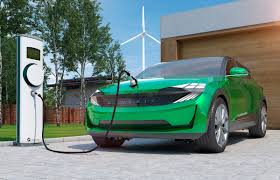ARCTURUS
ELECTRIC AUTOMOBILE DESIGN
SEARCH: LIBRARY of CONGRESS SUBJECT HEADINGS
TECHNOLOGY - T
SUBJECT EXPERTS I
SUBJECT EXPERTS II
RESEARCH GUIDES
ELECTRIC VEHICLE NEWS
Program Development
Establish a working group to supervise Electric / Hybrid infrastructure programs. EV vehicle program advancement includes administrating, budgeting, designing, and developing performance analysis criteria and standards of assembly line operations.
Design Aspects
EV vehicles are powered by an internal combustion engine and an electric motor, which uses energy stored in batteries. The transmission on an EV car performs the same basic function as the transmission on a conventional automobile but the design may be different.
Design Constraints
The current EV design challenges are: limited driving range, high costs, battery issues, long charging time, and inadequate charging infrastructure along with issues with various power semiconductors and other devices are difficult but not impossible to solve.
Design Optimization
The design of a hybrid electric vehicle involves a number of variables that must be optimized for better fuel economy and vehicle performance. This includes calculating payload capacity, monitoring speed parameters, estimating driving range(s) / route(s), battery charge capacity, proper tire inflation, and adequate charging time approximation(s).
Automotive Design Software
EV design software is divided into two categories: industrial design software (IDS), and engineering design / simulation software. IDS includes features that aid in the design of car exterior / interior elements / AUTOCAD /, and cushioning / surface textures. Engineering design and simulation software offer capabilities such as part consolidation and structural optimization.
Design Process/Simulation
The Powertrain Systems Analysis Toolkit (PSAT) can be used as the Hybrid / Electric vehicle simulator. Through the use of simulation, electrical / mechanical engineers can quantify the effects of individual EV components on vehicle performance while implementing their own models / data / controls to achieve different levels of design.

